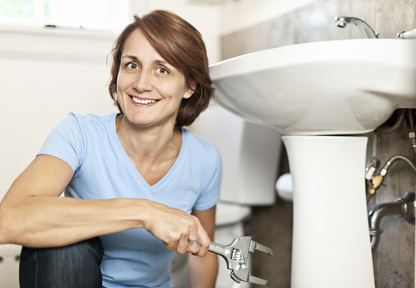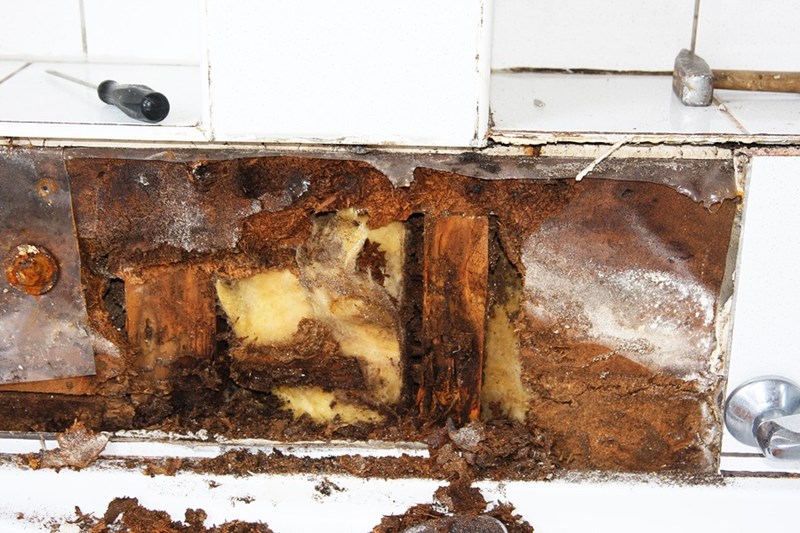What are your concepts on How to Prevent Bathroom Water Damage?

The washroom is incredibly prone for wet accumulation as well as possible water damages due to the frequent use water in it. This write-up supplies simple evaluation methods to aid identifying water damage risks.
The regular use of water in the washroom makes it extremely susceptible for damp buildup and also potential water damage. By examining it on a regular basis, you can lower water related damages.
The following set of evaluations is simple to do as well as need to be done as soon as in every 3 months in order to maintain your bathroom in good shape and to prevent potential water damages triggered by the tub, the shower, pipe joints as well as plumbing, sinks, cupboards, as well as the bathroom
Do not neglect performing these evaluations and be comprehensive while doing them. Bear in mind that these simple inspections can save you a lot of cash by giving very early indicators for water damages
Tub as well as Shower
The shower and bathtub require unique focus and also upkeep. Inspect the tiles and change if split. Ensure that there is no missing cement between the tiles. Evaluate and also replace cracked caulking at joints where the walls meet the floor or the bath tub. Blocked drains and also pipes problems will certainly stop the bathtub from drying out as well as may show severe problems under the tub. Consult with a specialist right away to prevent architectural damage. Take notice of discolorations or soft locations around the bathtub wall surfaces as they may suggest an internal leakage.
Plumbing
Signs for water damages are hard to detect given that a lot of pipes are mounted inside the wall surfaces.
Pay special focus to flooring and wall surfaces wetness and discolorations as they may show an invisible plumbing trouble. Inspect dampness degrees in adjoining areas as well.
Sinks and Cabinets
Sinks as well as cabinets are revealed to wetness and also humidity day-to-day as well as are often neglected. Evaluate on a regular basis under the sink and on the kitchen counter above it. Fix any drip in the catch as it may recommend drain troubles. Take a look around the sink, slow-moving draining pipes might indicate an obstructed drain. Change sink seals if they are cracked or loose.
The Commode
The bathroom is an at risk water junction. Examine the water lines and look for leakages around the bathroom seat, in the tube, and under the water storage tank. If you detect any type of indicators of moisture on the floor around the commode, check for leakages in the toilet edge and storage tank seals.
Be aware that hanging bathroom dish deodorants enhances the opportunities for clogs.
10 TIPS TO PREVENT WATER DAMAGE IN THE BATHROOM
The average household uses approximately 80-100 gallons of water per person per day. For a family of 4, that's almost 2,500 gallons of water a week! The largest portion of this consumption comes from bathroom use. Flushing the toilet uses the most water, followed by taking a shower or bath. With that much water running through the home, water damage in the bathroom is bound to happen. Knowing how to spot signs of a water leak is essential to preventing long-term damage. This guide provides you with tips to reduce the impact of water damage on your bathroom.
CAUSES OF BATHROOM WATER DAMAGE
Pipe breaks are the most common cause of water damage we see in our daily jobs. The age of a pipe plays a large role in a pipe break as well as corrosion. Over time, the metal begins to break down, allowing water to escape. Frozen pipe breaks are also a concern in the winter months. Toilet overflows caused by paper products or children flushing inappropriate items. Degraded caulking around the toilet or bathtub can allow water seepage, sometimes behind the fixture, into the subfloor or walls. Condensation forms when the water in a pipe is cooler than the air temperature. Beads of water form on the exterior of the pipes, sometimes so much so that the water begins to drip and pool below. Sink or shower backups created by poor drainage. HOW TO PREVENT WATER DAMAGE IN YOUR BATHROOM
Inspect your toilet supply line for worn or frayed hoses and replace them as needed. Winterize your plumbing to prevent a frozen pipe break. Use vent fans to prevent condensation that can lead to mold growth. Routinely check and replace degraded caulking around your toilet or bathtub. Increase the temperature in your toilet tank and insulate your pipes during the warm summer months to keep condensation from forming. Use child safety locks on the toilets. Flush only toilet paper. "Flushable" wet wipes are actually not good for your plumbing system. Additionally, feminine hygiene products should not be flushed. Prevent water from escaping the tub or shower. Make sure shower curtains are in good condition. Inspect shower doors and replace the seal strip if necessary. Wipe up any water that accumulates on the floor and use bath mats. Water left to sit can cause damage to the tiles and flooring. Refrain from using bath products containing heavy oils to avoid a clogged drain.

We were shown that write-up on Common Causes of Water Damage in a Bathroom through an acquaintance on our other web property. Please set aside a second to share this entry if you liked it. I cherish reading our article about Preventing Water Damage in the Bathroom.
Book Appointment